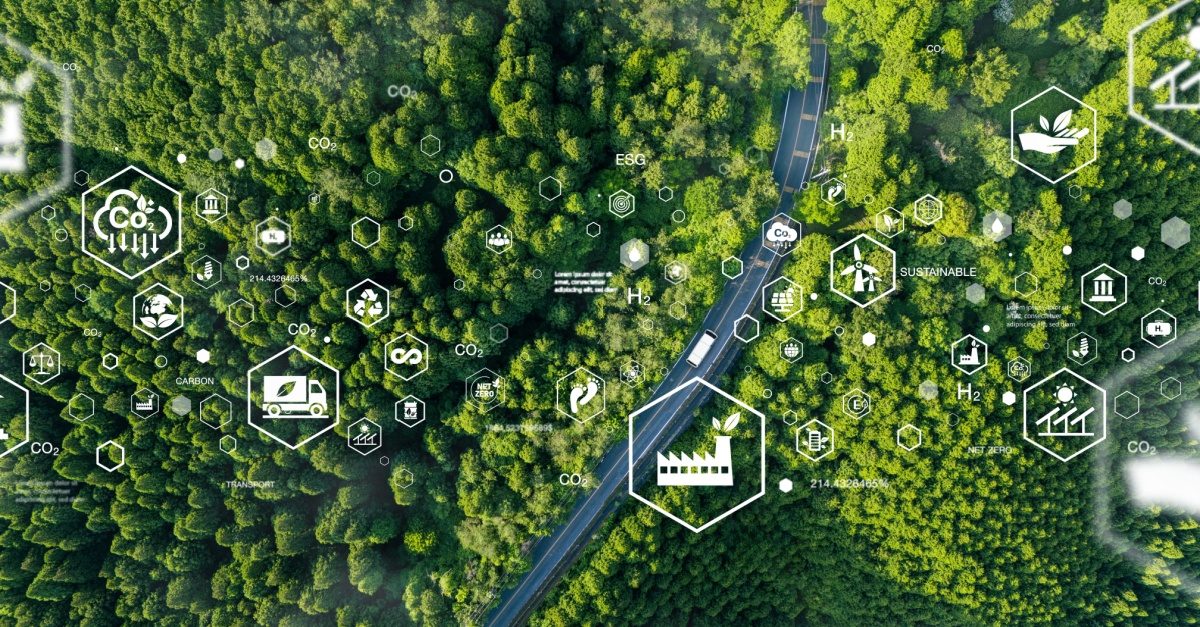
What Are The Best Strategies For Managing E-Waste To Reduce Carbon Emissions?
Sustainable e-waste management remains important for reducing the adverse impact on human health and the environment. It significantly minimises the impact of inappropriate disposal while encouraging the responsible recycling and handling of electronic devices and other elements. Cutting emissions while creating a robust brand reputation through CSR or corporate social responsibility remains important. If you can reduce your carbon emissions by better managing your E-Waste, you are on the right track to achieving your aims.
Let’s examine the key essence of sustainable electronic waste management while exploring the potential strategies to create a green future by reducing carbon footprints.
Understanding The Impact Of E-Waste
Electronic wastes or e-waste are composed of dangerous materials that include mercury, lead, cadmium, and numerous other hazardous elements. When they are not managed appropriately, these substances contaminate water, soil, and air, posing a significant threat to the lives of humans and the entire ecosystem. Sustainable electronic waste management through refurbished laptops and desktops ensures the proper handling, recycling, and disposal of electronic elements. It was reported that global e-waste stood at around 62 million metric tons in 2022, and it has shown a significant rise since then. It is important to adapt to the best practices of managing e-waste in the right way to avoid a huge threat to the entire wildlife ecosystem as well as the health of people.
Key Strategies For Effective E-Waste Management
Effective e-waste management is crucial in addressing the growing environmental and health challenges posed by discarded electronic devices. Adopting key strategies for efficient e-waste management is essential to address this growing concern. Here are some effective approaches:
Industry Collaboration & Extended Producer Responsibility (EPR)
Sustainable electronic waste management is achievable when governments, retailers, manufacturers, and consumers collaborate by establishing extensive policies and programmes. EPR or Extended producer responsibility are the effective initiatives that can be handled. This holds the manufacturers responsible for the product’s entire life cycle, including its production phase, to end-of-life management. Implementing these EPR programmes will help ensure that the manufacturers understand their responsibility towards the collection and recycling methods of the e-waste, which can help foster a circular economy that reduces the entire load from the environment.
Raising Awareness Of Carbon Footprints And Educating The Public
Better awareness among businesses and consumers is essential to sustainable electronic waste management for reduced carbon footprints. Educational campaigns inform the public about the environmental impacts of electronic waste, the appropriate disposal methods, and the key perks of using refurbished laptops and desktop computers.
Technology Innovation And E-Waste Tracking
All strategies adapted towards effectively managing waste are based on technological innovations. For example, blockchain technology allows the clear tracing and tracking of e-waste throughout its lifecycle to ensure the appropriate recycling and handling of the products. Additionally, the advancements made towards the recycling tactics, including the automated sorting systems and the responsible extraction practices, would notably improve the reduction of waste and the recovery of resources.
Global Cooperation And Policy Advocacy
The challenges surrounding electronic waste travel past national borders. Collaborative approaches among nations, global organisations, and industry players remain the key to addressing these growing issues. International cooperation in electronic waste management invokes the responsibility within governments to incorporate and enforce stringent regulations regarding the growing concerns of electronic waste.
Store In The Cloud
Numerous technological giants notably offer cloud storage services to help remove the issues around massive servers or any unnecessary hardware. The approach should be practised across official and personal use to reduce the production of growing electronic waste concerns. The cloud storage of data helps with the synchronisation and access to the files with the help of numerous devices. It can help save money that would be wasted when purchasing a server.
Sell Your Old Electronics Item
Numerous online sites allow you to sell old discarded items. Whenever you plan to throw off your old used electronic devices and generate money out of them, you might look for help through these websites to sell your old electronic items. You can sell all kinds of electronic devices and home appliances as they can help promote effective mobile recycling.
Send It For Recycling To Reduce carbon footprints.
You can check out the local options for electronic waste collection and effective recycling. Please speak to the staff of such collection centres while disposing of your electronic waste, which is later sent for recycling, considering its reusability and reducing carbon emission.
Purchase The Bare Minimum
As already mentioned, there are times when you opt to purchase things just due to the hype surrounding the item. Buying anything that is not required in terms of electronic items remains the key cause of the generation of electronic waste. Find out whether you need that electronic device you plan to buy. If you have no use of it, you can save yourself from having something that will add to the pile of e-waste.
Learn About Electronic Components
Most consumers using electronic products need to know more about how the products are engineered. Discovering the type of materials used to make distinctive elements of the products will help you identify the risk of exposure to toxic chemicals. These can include lead, mercury, cadmium, and arsenic.
Maintain Your Current Electronic Equipment
Adapting to sustainable changes within business or personal practices proves effective. It would help you get the most out of these electronic devices instead of replacing them several times yearly. Awareness about the growing and evolving market trends remains critical, as it will help promote the lifespan of electronic products.
Conclusion
Sustainable practices adapted to effectively manage electronic waste while reducing carbon footprints remain essential as they can help safeguard the environment against hazardous electronic waste. Reducing, reusing, and recycling electronic parts and devices can help reduce the dangerous impacts of electronic waste. Effective practices to manage the ever-growing e-waste issues can help reduce emissions while saving natural resources.
Work with IoSCM to achieve your sustainability goals and accredit your capabilities. Visit The Sustain Chain Accreditation Scheme HERE to find out more.

